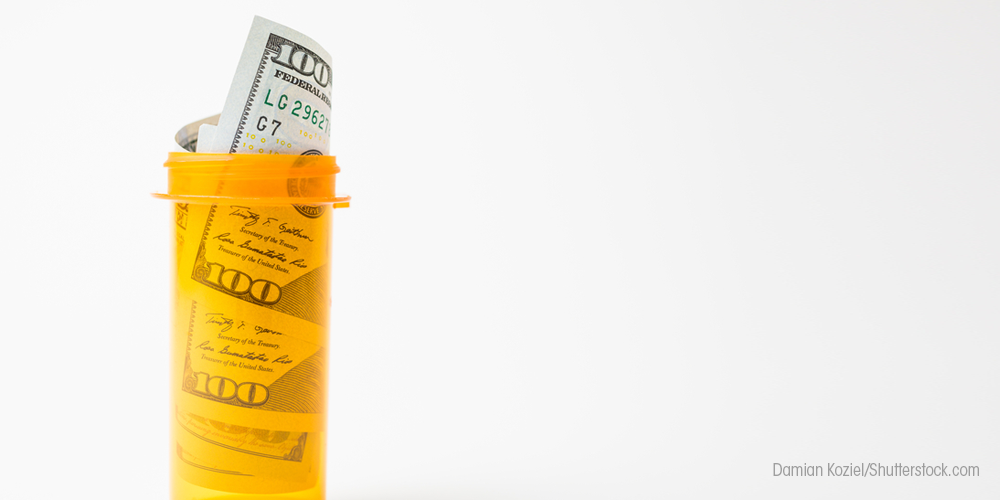As Specialty Drug Market Grows, Patient Assistance Programs Needed
As hospital and health systems experienced nearly 20% growth in the specialty drug market in 2018, health systems continue to establish their own specialty pharmacies or expand their existing capabilities.

As hospital and health systems experienced nearly 20% growth in the specialty drug market in 2018, health systems continue to establish their own specialty pharmacies or expand their existing capabilities, according to a report issued this week at the 2019 American Society of Health System Pharmacists (ASHP) Midyear Clinical Meeting & Exposition from McKesson RxO, which detailed the major trends and challenges ahead.
Although this brings positive impact on the health systems’ quality and continuity of care initiatives, administration of specialty drugs is challenging and highly complex given the number of new therapies and payer requirements. Speed to therapy and ongoing patient support are still critical, but become complicated given the sometimes large costs associated with these medications. The cost of specialty medications and the increased adoption of high-deductible health plans (HDHP) have placed a higher financial burden on patients.
As out-of-pocket costs increase – from higher costs or insurance denials – patients are more likely to abandon their treatment plans. Due to this trend, health system pharmacies are more involved with the revenue cycle than ever before – ensuring providers are reimbursed for purchased drugs. Embedding financial support and patient assistance programs, along with various other charitable programs in the revenue cycle, are key to improving patient adherence and health outcomes.
In an interview with Drug Topics® at ASHP Midyear this week, O’Mally Monahan, who is senior director of Patient Assistant Programs, discussed specialty assistance programs.
Monahan noted that good patient assistance programs increase patient enrollment, reduce hospital staff strains, and provide the patient what they need for onsite and field representation.
Although the cost yields can vary widely per hospital in terms of how these programs pay off for the patient and the hospital, depending upon hospital size, etc, Monahan explained that they are effective. She said she has seen the gamut of savings for different hospitals, from $500 a month in some smaller hospitals to millions in the larger health systems. Regardless, she said partnering with vendors who can provide access to these programs can provide an invaluable resource.
Tom Perry, MBA, who is vice president and general manager, of McKesson RxO agreed with Monahan’s sentiment, noting in a press release about the study findings: “pharmacy leaders need to solidify partnerships with their suppliers, distributors and vendors who help diminish complexity in advance of the 2020 election to support their goals and maintain quality patient outcomes along the continuum of care, regardless of which political party is in office.”